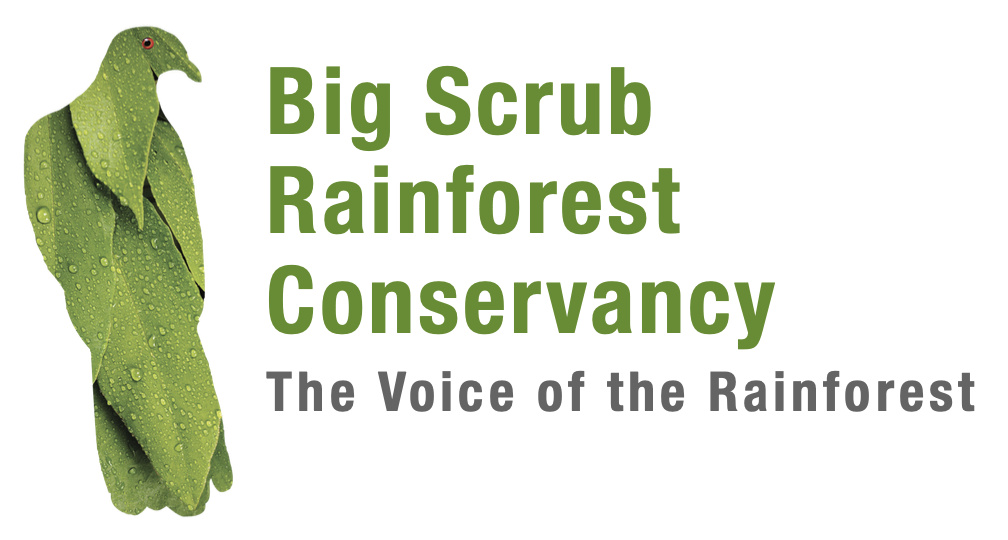A personal contribution from Big Scrub Landcare member, Dr Kristin den Exter.
Bruce Pascoe and Vicky Shukuroglou recently wrote that we can better learn to love our country – I agree. This is one reason why I am so committed to the community landcare movement.
Studying environmental science in the 1990’s it was clear to me that after a few hundred years of colonialism and subsequent poor land management practices, many of the wicked environmental problems we face had known solutions. These solutions requiring collective, on-ground action to conserve remaining habitats, and repair degraded wetlands, riverbanks, soil profiles, and replace plant cover. Actions that would make some attempt at correcting the heartbreaking record of the loss of Australia’s soils, habitats, unique plant and animal species.
This awareness and a keen desire to DO SOMETHING led me straight to Landcare. In 1993 I joined the Wilsons River Landcare Group in Lismore, Northern NSW, on Bundjalung Country. Once I started planting trees, I could not stop. We estimate that our one community volunteer landcare group has planted 30,000 trees since then.
Restoring landscapes not only improves ecosystems services – think soil, water and food systems – but creates a connection between land and people, a connection that First Nations people have known and practiced for tens, if not hundreds of thousands of years.
We can better respect land sovereignty, and Indigenous Knowledge – we still have so much to learn.
Our Landcare group has been learning, from the wisdom of Elders, each other, and the land itself. On the riverbank in Lismore, our actions have been rewarded. It is like the land is just waiting for us to act, to care – some love and a collective nudge in the right direction. In our case, with fertile soils and high rainfall, sections of the degraded landscape of the Wilsons River in Lismore have regained forest cover, and the turtles, lizards, frogs and birds – like the stunning Azure kingfisher – have returned.
Of course, it has not all been a success story with numerous plantings lost to flood, drought, and weeds, where sections of riverbank had to be planted many times over. Ultimately, our group of committed volunteers has succeeded in restoring the landscape of the river in places. Restoring a connection with the land, and restoring hope in our hearts.
Landcare is rewarding but hard work, and despite its long history and the ongoing commitment across Australia from grassroots volunteers, the community landcare movement has suffered from a persistent lack of consistent, ongoing funding.
This is my why.
It is the why I have now joined the peak representative body for Australia’s national landcare movement, the National Landcare Network. The NLN as it is known, advocates for the people on the ground at the national level, working to amplify the value and gain support and recognition for the community landcare volunteers of all ages, from all walks of life, across Australia who are doing the hard yet rewarding work of weed control, land and water restoration.
If fires, floods, pandemics teach us anything, it is that we need action on the ground to repair the wounds of the land. That we need to come together as a community to take action – share and support each other, come together around our shared values – heal through the healing of our country.
After the lessons of the past year, the work of the community landcare movement, and the movement’s advocates is more important than ever. There is nothing else quite like Landcare, the nationwide network of grassroots community on-ground action takers, and there is no better time to support the grassroots landcare movement than now.
I respectfully acknowledge the Traditional Owners of the land and pay respect to the First Nations Peoples and their elders, past, present and future.


